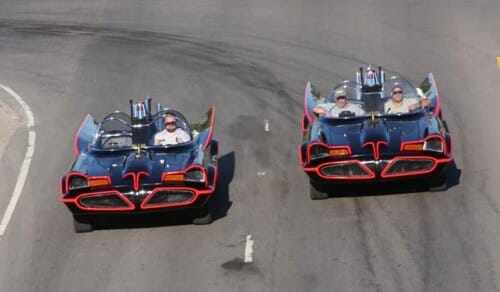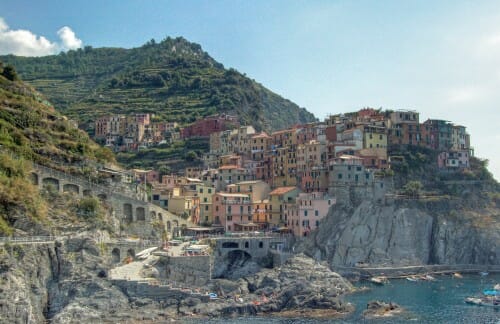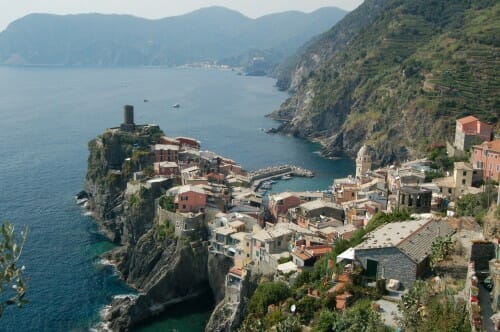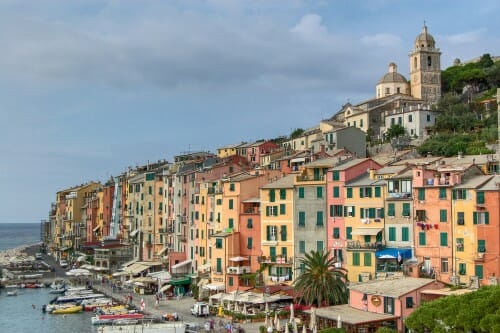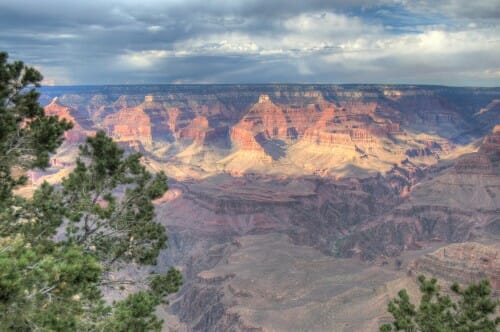Resort with Spectacular Views
I don't like to recommend destinations that are really expensive (why get people excited about a place they can't afford to visit) but we splurged this weekend on the Enchantment Resort in Sedona, Arizona. It is the most spectacular location I have ever seen for a landlocked (ie non ocean-front) resort. It is almost impossible to do it justice in photos, because it sits at the end of a box canyon and is surrounded on three sides by red rock walls. Some pictures are here in the google image result. Expect to pay $300-400 and up for a night, though you will get a very nice room even for the lower rates, and large casitas for higher rates. As is usual for resorts, meals are crazy expensive -- its hard to get through breakfast, for example, for less than $20 a person. But the views and hiking and everything else here are just beautiful.
One of the things I enjoyed was the resort had a native american climb onto a local rock outcropping a couple of times a day and play peaceful flute music that echoed around the resort. You can see a group gathered around to watch (update: A reader was nice enough to Photoshop out some of the haze using a levels command trick he taught me a while back -- you can compare below to this original)
It freaked me out for a while because I would here this low-volume music as I walked around the resort and I could not figure out where it was coming from (I kept looking for hidden speakers until I figured it out).
As an added bonus, the night sky is totally dark -- you are out in the wilderness about 15 miles from Sedona and out of site of any other habitation of any sort and almost completely surrounded by canyon walls. As a result, it is one of the few places where us city folk can see the Milky Way in all its glory (below is my amateur photography (you may have to click to enlarge to really see the Milky Way, but its there).
The restaurant there is quite good and there are excellent tables on the deck outside to watch the sunset. But if you want a slightly different Sedona experience (though equally expensive) the Restaurant at the L'Auberge resort right in the town of Sedona on Oak Creek is terrific. The food is great and the location on the creek is very romantic at night. Here is the view from my table right around sunset.
You can't get closer to the water than that!
Postscript: If you like the idea of creekside dining but don't want to blow a hundred bucks a person for dinner, I have eaten at a much less expensive, much less highbrow restaurant that had a very similar location. It is the Rapids Lodge Restaurant at Grand Lake, Colorado, and is a great place to eat on a trip through Rocky Mountain National Park before you turn around and head back to Estes Park. Here is the view from our table there:
PPS: Other US resort views I like: Highlands Inn, near Carmel; Hapuna Resort, Big Island, Hawaii; Sanctuary Resort, Phoenix, AZ (though the rooms really need an update); Trump Hotel, Las Vegas (located right on the bend of the strip so the strip view rooms look straight down the strip at night).
Update: In the spirit of equal time, a reader writes that the Enchantment Resort ruined Boynton Canyon. Its impossible for me to say -- I never knew it in its pristine state. I will say the resort itself does a pretty good job of keeping a low profile in the canyon -- no buildings that I saw over 2 stories tall, most of the old trees are preserved.


















